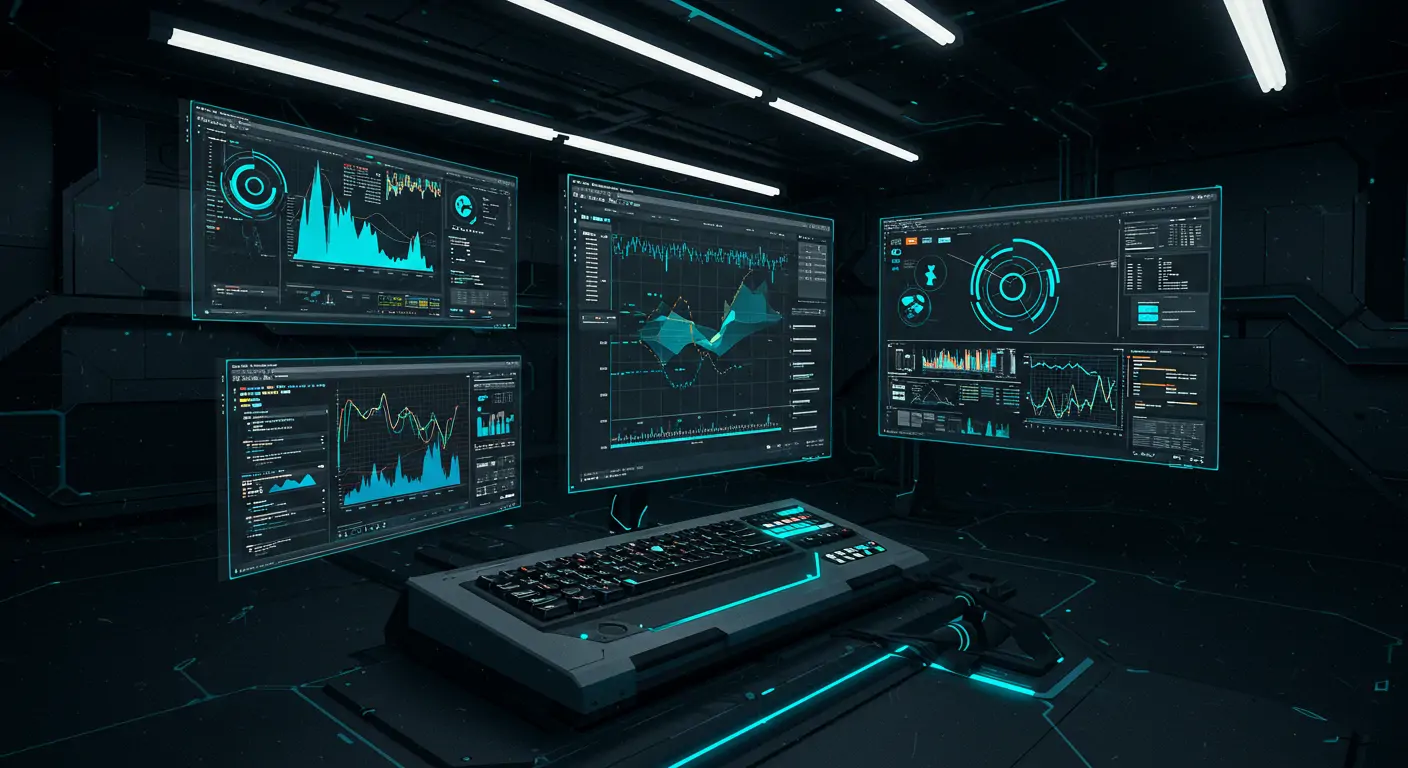The Problem Everyone Faces
In an era dominated by remote work and global teams, the demand for real-time collaborative document editing has skyrocketed. Imagine a team of developers across different time zones trying to put together a technical document. They face the all-too-familiar problem of versioning conflicts, data inconsistencies, and the dreaded 'who overwrote my changes?' scenario. Traditional solutions like static document-sharing platforms struggle to maintain real-time synchronization and responsiveness. This results in decreased productivity and increased frustration among team members.
Understanding Why This Happens
The core challenge lies in the inability of traditional HTTP-based systems to handle real-time data synchronization effectively. HTTP is inherently stateless and built for request-response interactions, not continuous bi-directional communication required for collaborative editing. This creates delays and conflicts when multiple users attempt to edit a document simultaneously. A common misconception is that increasing server capacity or optimizing databases would solve this, but the real solution requires a shift in communication protocol.
The Complete Solution
Part 1: Setup/Foundation
First, ensure you have Node.js and npm installed. Create a new Next.js project by running:
Next, set up a basic WebSocket server using Node.js. Install the necessary package:
Initialize your WebSocket server within your Next.js app:
Part 2: Core Implementation
Now, let's integrate WebSockets with Next.js. We'll start by creating a simple editor component in the 'pages/index.js':




